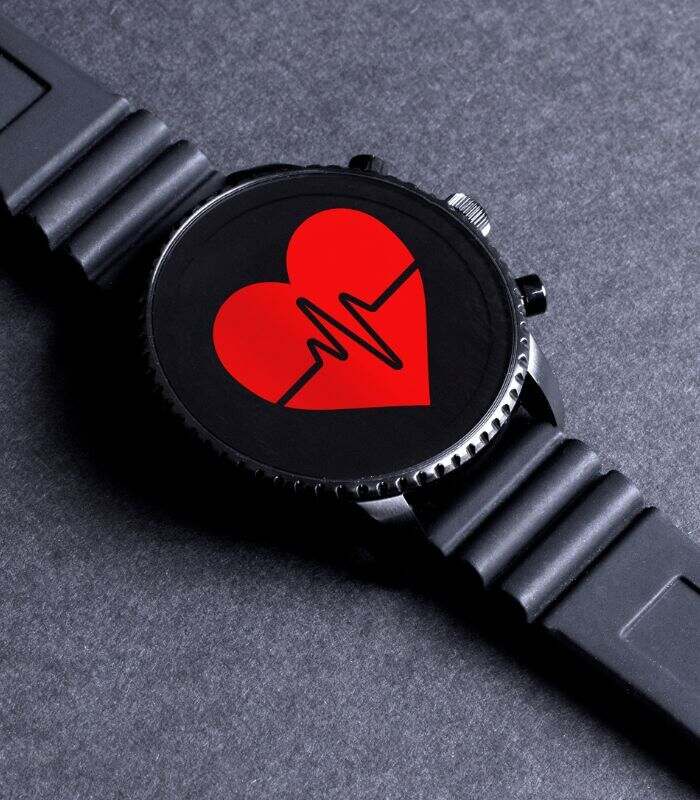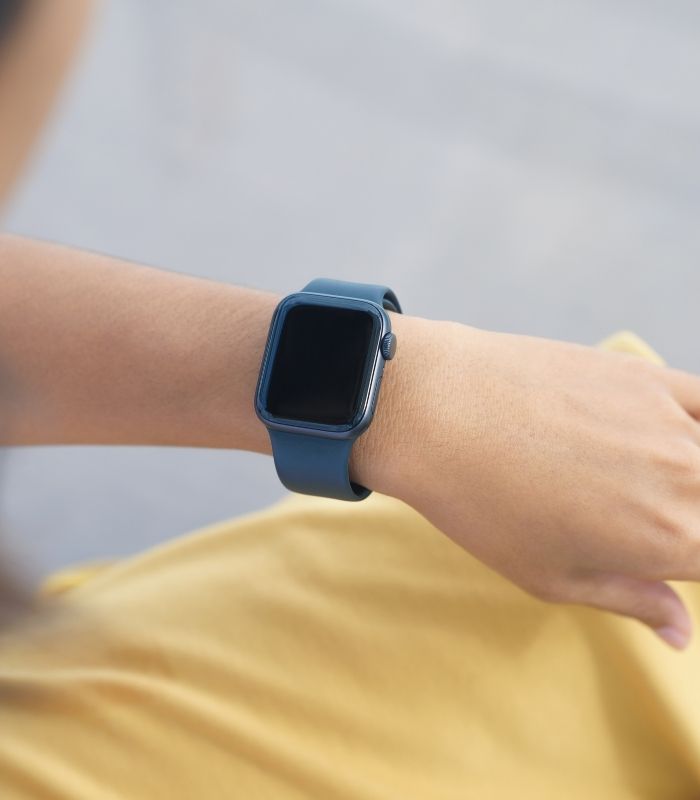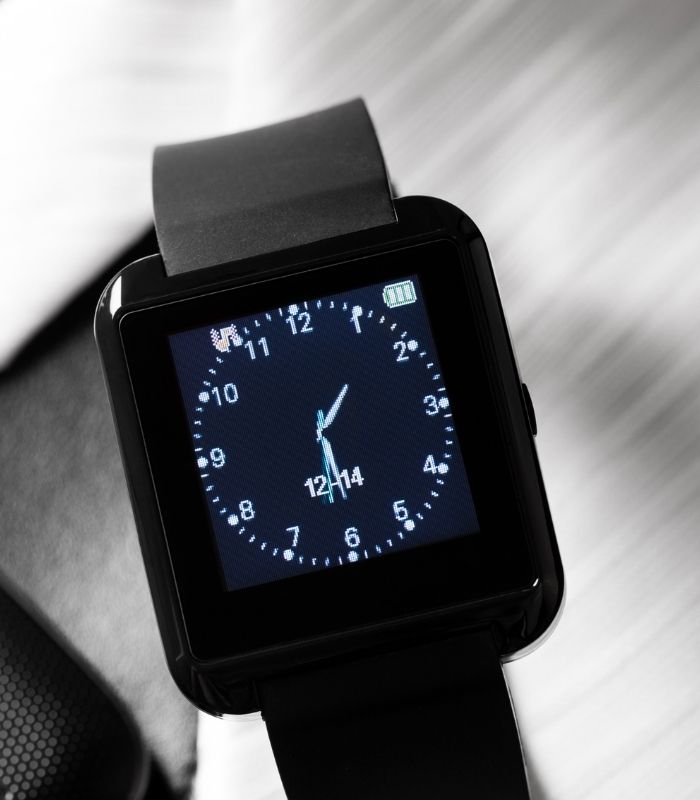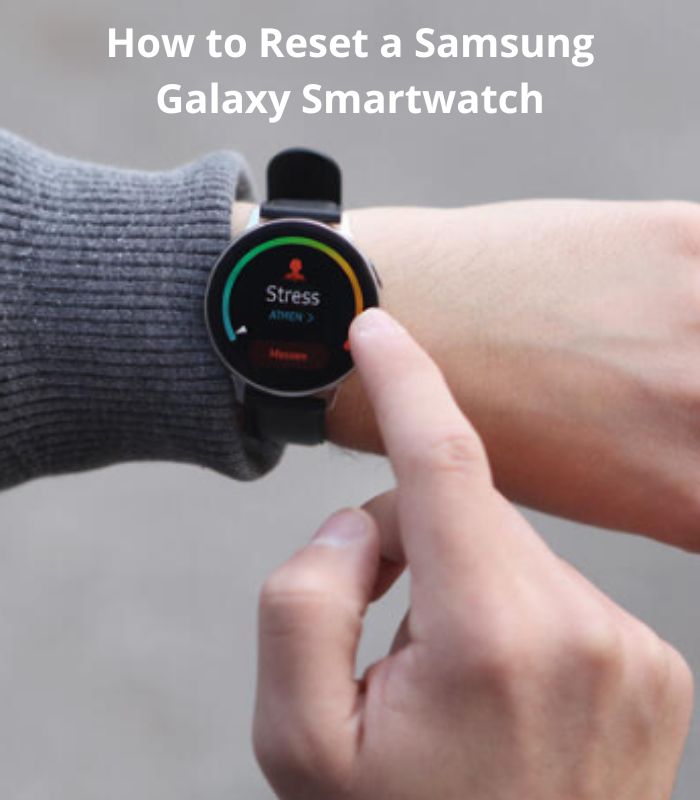What is SpO2 on a Smartwatch?
Smartwatches have become increasingly popular over the past few years. Some of the latest offerings available on the market are powered by your smartwatch's ability to measure SpO2 levels and other metrics. But what do these actually mean? And should you spend extra money on a SpO2 sensor for your smartwatch?
SpO2, otherwise known as pulse oximetry, is a technology that measures the percentage of oxygen in the blood. It can be used to measure your heart rate and blood pressure.
How does it work?
Smartwatches use light from LEDs (light emitting diodes) to measure small changes in blood flow. The amount of light that flows through the blood vessels changes depending on how much oxygen is in them. The light reflects off your skin and back through your body, where it's measured by a sensor. When you're breathing normally, there are regular changes in light levels as each breath moves through your lungs.
SpO2 usually uses one or two LEDs, which makes it less accurate than photoplethysmography (PPG), which uses four LEDs for more accurate results. PPG is used in medical devices because it provides more reliable measurements than SpO2 alone.
What does it measure?
SpO2 is a measure of oxygen saturation in the blood. It is a non-invasive, painless method for measuring the amount of oxygen in your blood.
The SpO2 sensor is generally located on the underside of your wrist, where it will be able to pick up your pulse from your radial artery. It can then use this information to calculate the percentage of Hemoglobin that is carrying oxygen within your bloodstream.
SpO2 is a vital measurement for your health:
SpO2 is a vital measurement for your health. It stands for the amount of oxygen in your blood, and it's measured by a sensor on your smartwatch.
SpO2 can tell you if you're breathing correctly, and it can help you determine if you're experiencing an underlying medical condition.
A high SpO2 reading means that the body is getting enough oxygen, while a low reading means that the body might not be getting enough. This can be due to asthma, pneumonia, or sleep apnea.
If you have diabetes or other conditions that cause poor circulation, SpO2 readings may be lower than normal even when you're healthy.
The Sp02 sensor works using the principle of light absorption. As a simple example, if you have ever noticed red tints on your skin after a day in the sun and then felt hot as a result; then you're familiar with the way that light absorption can raise your body temperature. The sensor on the pulse oximeter uses this same concept to monitor SpO2 levels.





